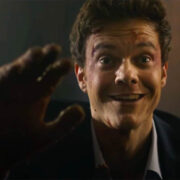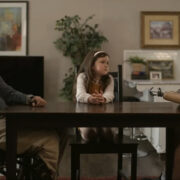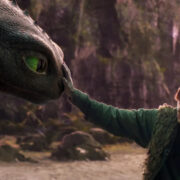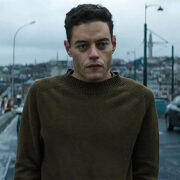Why Isn’t Horror Scary Anymore?

Kelly is a university student from Philadelphia where she studies…
“That wasn’t even scary,” a friend bemoans when we leave the theater after watching one of the latest horror blockbusters. I agree, and we begin to analyze the dearth of truly scary movies that exist today, feeling slighted by the horror industry as a whole. Where were the walls dripping with blood, the unnatural contortions of a teenage girl being possessed – why had we been abandoned by the faceless villains wielding a knife, indiscriminately killing anyone in their path?
Then I realized, that it’s not that horror films aren’t scary today, it’s simply that they’ve become much more psychologically based, and much more disturbing than explicitly scary. And when I say scary, I mean the archetypal horror film featuring gore, jump scares, and an overwhelming sense of dread that persists long after the credits roll. If I watch a movie through half-covered eyes the entire time, I consider that a success on the part of the filmmaker. But these movies seem to be more unique than typical lately. Why?
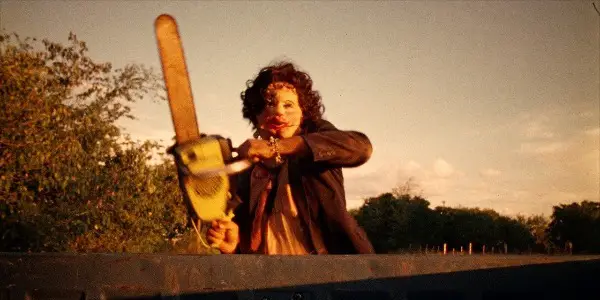
Let’s start by defining horror as it used to be, in the golden age of horror in the 1970s and 1980s. Rife with films such as Nightmare on Elm Street, The Exorcist, Texas Chainsaw Massacre, etc., it’s easy to see a trend. There’s a sense of satisfaction knowing that among the blood spatters and inane decisions made, good will triumph and that there will be at least one survivor; the films do not demand much analysis or emotional labor by the audience, and it’s a rather simple (but still exciting) viewing experience.
But today, horror films are very different; some even argue the genre itself is largely defunct, with mere imitations of the canon they love, rather than valued additions. I don’t necessarily agree, but I see their point: the typical horror film today is distinctly unfamiliar when compared to those a few decades ago. But why?
Desire for Legitimacy
The most salient reason that horror likely transitioned to be less scary is due to the politics of the film industry, and the desire to become more respected within the community. While most would not describe horror as a lesser genre of film today, there was not much legitimacy granted to horror films hitherto – until Silence of the Lambs. This film serves as the turning point for horror by winning the five most sought after Academy Awards in 1991, and being the first horror film to win Best Picture. This set the standard for horror, and the 1990s and 2000s thus saw a surge in atypical horror films, which have now become the norm.
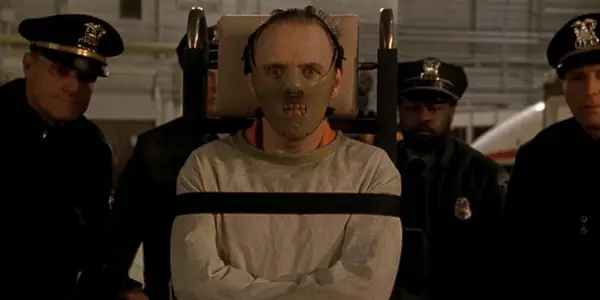
It’s worth noting that Silence of the Lambs deviates significantly in tone and sophistication from the slasher flicks of the 1970s and 1980s, and this is a significant reason it resonated with people so deeply. The trend towards more complex films such as this did not eliminate the existence of campy, tropey horror, but simply ushered in an age of more open-mindedness towards the genre, as well as significantly more legitimacy and respect from the rest of the industry.
We’re Afraid of Different Things
Another possible explanation for horror films transitioning away from cheap jump scares into more psychologically driven disturbia is the different political climates of now versus the 1970s/1980s. Whereas the 1970s were marked by political instability and economic crisis, the 1980s were marked by a new technological age and political conservatism. The rapid shift of the eras yielded a need for escapism, one drastically less complex and nuanced than the world outside.
In the face of uncertainty, perhaps it was comforting to audiences to be able to anticipate the same outcome every time: a villain terrorizes a group of teenagers or a family, a physical representation of the societal villains threatening life as it existed, namely youth culture or family values. The nature of these films, such as Friday the 13th, Halloween, or The Shining, epitomize the desires of audiences at the time: to see evil as a tangible force rather than a foreign, undefeatable one, and to see good forces victorious in the end. The genre was predictable and perhaps overly simplistic, but served as a sufficient antidote to the problems of the time facing horror enthusiasts and the horror averse alike.

Today, we are far less concerned with family values or youth culture coming under attack, and are perhaps more interested in the human experience as a whole. Horror films are much more likely to explore unsavory aspects of humanity, but not with a Freddie Kreuger type; it’s more common to see people who we could totally meet, or even be, doing abnormal and disturbing things on screen. Films such as Black Swan or American Psycho are great examples of this; we could imagine ourselves as being Nina, overly obsessed to the point of insanity, or perhaps working with a Patrick Bateman, sociopathic but flying generally under the radar.
It’s thought-provoking and terrifying in its own way to see the mundanity of such evil, and know that it does not take an exceptional person to do these things, but merely the stressors of an exceptional situation. This is enough to unsettle us, and make us wonder how we would react in these situations. The sense of “It could happen to me!” is perhaps the most scary element of psychological-driven films today that have been retained from older horror films, as the oppressive nature of this thought lasts far longer than the run-time of the movie.
Audiences Expect More from Writers
A final reason worth exploring is how taste has changed in general, and what is successful today is different from what might have been years ago. Our culture is much more sensitive towards issues like sexism and racism as depicted on screen, and the casual objectification of women or stereotyping of various ethnic groups is no longer permissible. This has led to a further demand on horror writers (and film writers in general) to subvert these previous tropes, and create characters that are compelling enough to stand alone, even outside a horror film.
Films such as Get Out capitalize on these changing trends of inclusivity, and bring to attention the unsettling racial power dynamics that exist, and are sometimes forgotten in our society. Following the story of Chris, a black man who all too late realizes he is trapped with a family of rich white people who intend to exploit him for his racialized features, Jordan Peele highlights the issues of both explicit and implicit racism that perpetuates in our society.
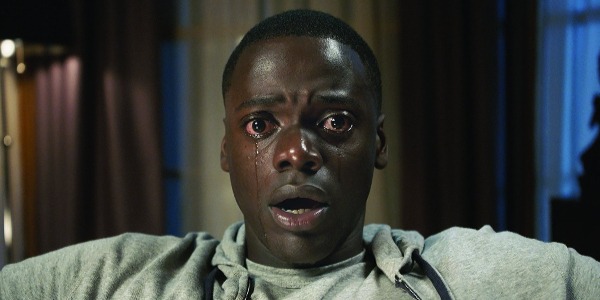
The horror industry now features more women as agents in their stories, rather than exclusively victims without any real contribution than disturbing screams in the face of death. For example, Hereditary takes advantage of the women in the cast and positions them as the arbiters of their own horror, with the grandmother, the mother Annie, and the daughter Charlie being integral to the terror that unfolds. Ari Aster even subverts the typical power dynamic with this film, as the men involved are merely reactors to the events, whereas that role was typically reserved for women previously.
A film such as Hereditary, lacking in jump scares but still dealing with paranormal activity, as well as being seeped in motherhood and justified desperation, is a quintessential contemporary example of horror no longer being classically scary, but still disturbing viewers deeply. It is the human reactions to the horrible things that occur that are so compelling, to the extent that possessions or supernatural events become ancillary to the entire film. Other films, too, feature women in the forefront in a refreshing way, such as The Witch or The Babadook. These are not a few films which are making the exception, but a general trend towards a richer genre as a whole.
Now What?
All of this is not to say that there are not films which succeed today that could not stand against films of the 1970s/1980s in terms of being truly scary. Films of the early 2000s and more recent films alike, such as Saw, Happy Death Day, The Conjuring, Insidious, Us, and Paranormal Activity, operate under similar rules of the alternate horror universes of old, and they generally have at least a cult following which they resonate with. There is still room for jump scares and excessive gore in the horror film genre, but the most successful horror films transcend the genre and display a more interdisciplinary approach in how they haunt screens.
Perhaps this indicates a larger shift in the entire industry to be less defined by barriers, and take more creative liberties. Or, perhaps it’s merely a design to appeal to critics and audiences when classic horror failed before. Either way, it’s undeniable we are in the midst of a shift towards a totally different horror genre, with totally different stories to experience.
What do you think – is horror still scary? If not, how do you feel about this shift? Leave a comment below!
Does content like this matter to you?
Become a Member and support film journalism. Unlock access to all of Film Inquiry`s great articles. Join a community of like-minded readers who are passionate about cinema - get access to our private members Network, give back to independent filmmakers, and more.
Kelly is a university student from Philadelphia where she studies English. When she's not reading or watching films, she's probably looking at pictures of cute raccoons.

